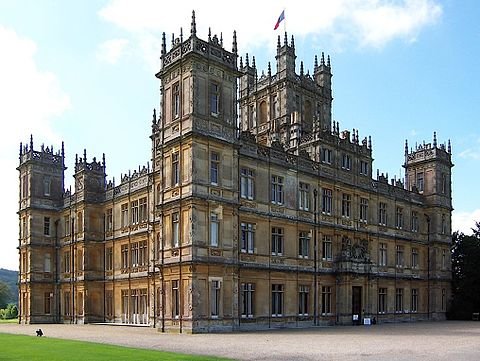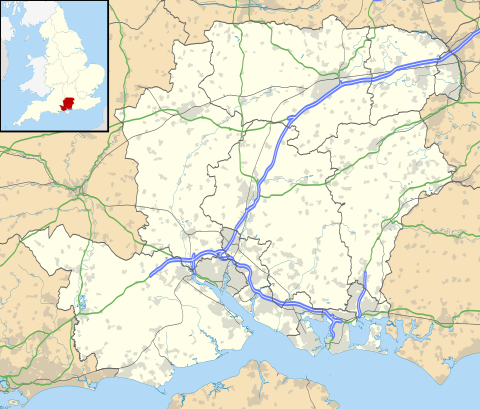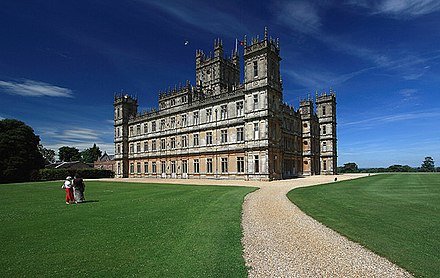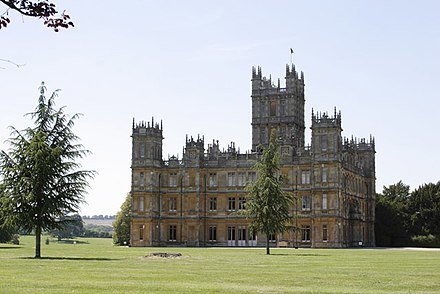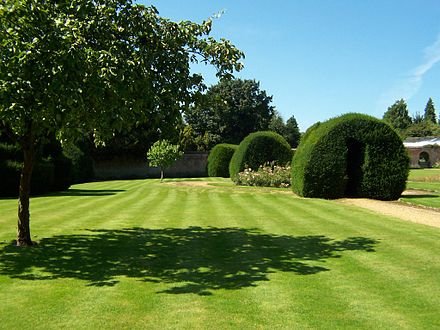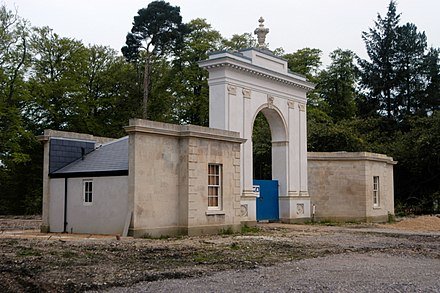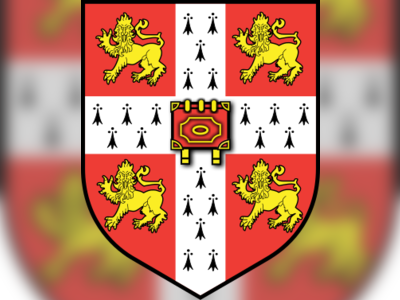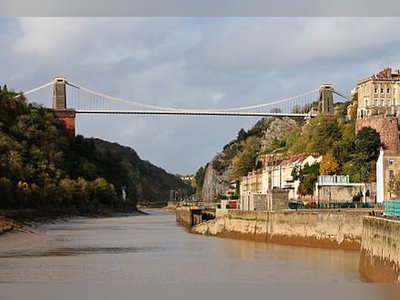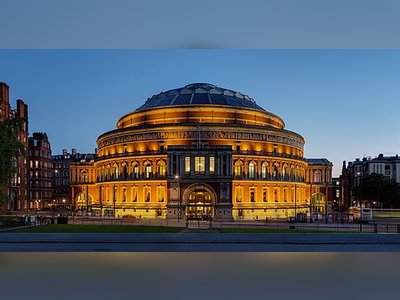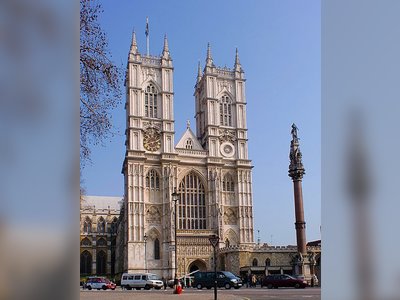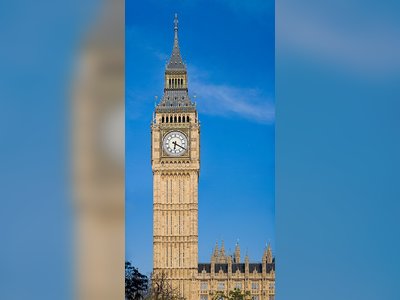British Heritage
Remember, Cherish, Learn.
beta
Highclere Castle
An Architectural Icon of British Heritage.
British Heritage: The Legacy of Highclere Castle
Highclere Castle, positioned amidst the undulating beauty of Hampshire, England, offers an enduring emblem of Britain's architectural heritage. Built in 1679, the Grade I listed country house sits on a sprawling estate of 5,000 acres (2,000 hectares), approximately 5 miles south of Newbury, Berkshire, and 9.5 miles north of Andover, Hampshire. The castle, enveloped by a park designed in the 18th century by the eminent English landscape architect Capability Brown, continues to be the country seat of the Earls of Carnarvon, representing the Anglo-Welsh Herbert family lineage.
Highclere Castle has witnessed the passage of centuries, hosting numerous notable events, influential figures, and grand architectural changes, all of which have culminated to shape its distinguished reputation and crucial contribution to British heritage. The castle has played a role in the cultural world too, having served as a location for numerous films and television series, most notably the internationally beloved period drama, Downton Abbey. The legacy of Highclere Castle is a rich tapestry of architectural magnificence, historical significance, and cultural impact.
#Highclere Castle: A Historical Perspective
The earliest records of the estate date back to 749 when an Anglo-Saxon king granted it to the Bishops of Winchester, marking the inception of a grand legacy. The Domesday Book, a detailed survey of the lands and resources of late 11th-century England, mentions Highclere Castle, revealing its prominence from the early Middle Ages.
Under the stewardship of Bishop William of Wykeham in the late 14th century, a splendid medieval palace, complete with enchanting gardens, rose from the park's grounds. Throughout the centuries, the estate saw numerous changes in ownership, transitioning from the Church to the Crown and into private hands during the turbulence of the English Reformation.
One of the early private owners of Highclere Castle was Sir Robert Sawyer, the Attorney General to Kings Charles II and James II, who purchased the estate in 1679. Under Sawyer's possession, the palace underwent significant changes, being rebuilt into the Place House. The estate passed down to his daughter, Margaret, wife of the 8th Earl of Pembroke, and their descendants inherited Highclere. The castle's landscape also blossomed during this period, with gardens filled with temples and a burgeoning portrait collection.
Architectural Evolution
In the 19th century, Highclere Castle underwent a transformative renovation led by Sir Charles Barry. During his construction of the Houses of Parliament, Barry remodelled the castle, introducing the striking Jacobethan style, which blended Tudor and Elizabethan architectural elements. His Italianate influence, reflecting the Victorian revival of Renaissance architectural aesthetics, is visible in the castle's towering turrets and lavish interiors.
Despite the untimely demise of both Barry and the 3rd Earl of Carnarvon, the construction continued under the guidance of Thomas Allom. He saw to the completion of the interior and the west wing, designed for the servants, by 1878. The park, initially laid out by Capability Brown in the 1770s, saw the addition of Lebanon Cedars, thought to have originated from seeds collected by seed collector Edward Pococke.
Highclere Castle's architectural splendour played host to pivotal events in world history. It is here that the 4th Earl drafted the British North America Act of 1867, which led to the foundation of the present-day nation of Canada. The castle's significant contribution to world history was recognised in 2018 by the Canadian High Commissioner to the United Kingdom, who planted a maple tree on the lawn in honour of the 4th Earl.
Highclere Castle in the Modern Era
The 20th century brought change and tumult to Highclere Castle. During World War I, it served as a hospital for the wounded, and during World War II, it sheltered evacuee children. The castle was also home to a plethora of Egyptian artefacts, amassed by the 5th Earl, an ardent amateur Egyptologist, following his sponsored excavation of nobles' tombs in Deir el-Bahari, Thebes.
The advent of the 21st century necessitated major repairs to the castle due to the damage incurred over centuries. Lord and Lady Carnarvon spearheaded these efforts, initiating a large-scale roof repair project in 2003 and establishing the Egyptian Exhibition in the castle's cellars in 2007.
A significant boon to the castle's preservation efforts was its selection as the principal filming location for the hit television series, Downton Abbey, in 2010. The series catapulted the castle to international fame, leading to a surge in the number of paying visitors, which allowed for continued restorative work on the castle's turrets and interiors. The Carnarvon family now resides in the castle intermittently throughout the year, retreating to their cottage when the castle is open to the public.
Highclere Castle: A Testament to British Heritage
As it A user starts the conversation with:
Hello, I just bought a 3D printer and I want to start printing. Can you help me with some beginner tips and also suggest some cool 3D printing projects for beginners?
- Highclere Castleen.wikipedia.org
